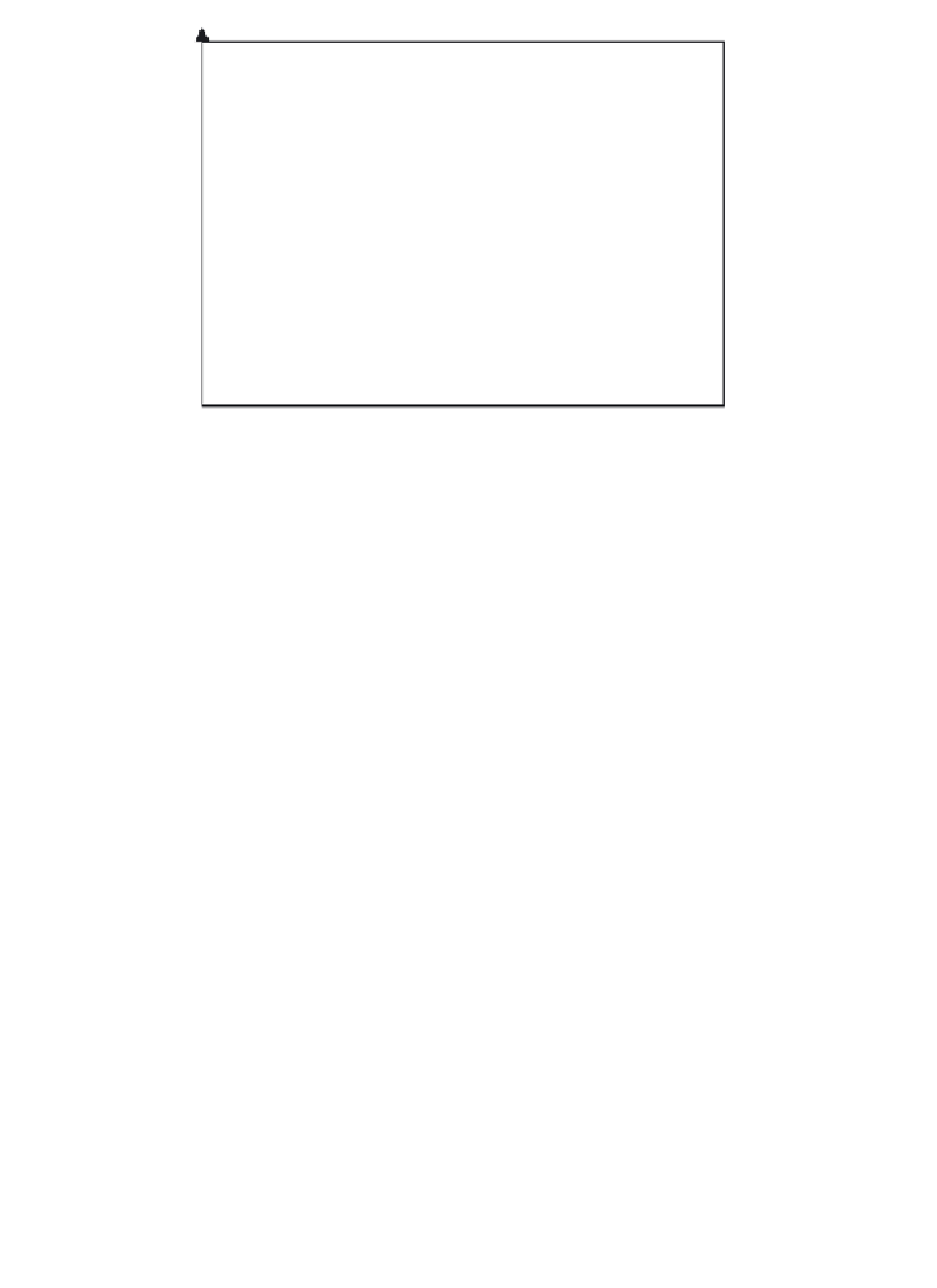Information Technology Reference
In-Depth Information
Quality
Loss
Cost to repair
or replace; cost
of customer
dissatisfaction
L(y) = K(y-T
y
)
2
K = economic constant
T
y
= target
y
T
y
T
y
+
∆
y
T
y
-
∆
y
Functional Requirement (y)
FIGURE 18.6
Quality loss function.
the functional limits,
7
T
y
±
y
, of the concerned response. The functional limits are
the points at which the process would fail (i.e., produces unacceptable performance
in approximately half of the customer applications). In a sense, these limits represent
performance levels that are equivalent to average customer tolerance. Kapur (1988)
continued with this path of thinking and illustrated the derivation of specification
limits using Taguchi's quality loss function. A quality loss is incurred as a result of
the deviation in the response (
y
or FR), as caused by the noise factors, from their
intended targeted performance,
T
y
.Let“
L”
denote the QLF, taking the numerical
value of the FR and the targeted value as arguments. By Taylor series expansion
8
at
FR
=
T
and with some assumption about the significant of the expansion terms we
have:
T
)
=
T
FR
)
2
L
(FR
,
K
(FR
−
(18.1)
∈
T
y
−
y
, where
T
y
is the target value and
y
is the functional
deviation from the target (see Figure 18.2). Let
A
be the quality loss incurred as a
result of the symmetrical deviation,
Let FR
y
,
T
y
+
y
, then by substitution into Equation 18.1 and
7
Functional limits or customer tolerance in robust design terminology is synonymous with design range,
(DR) in axiomatic design approach terminology. See Chapter 13.
8
The assumption here is that
L
is a higher order continuous function such that derivatives exist and is
symmetrical around
y
=
T


Search WWH ::

Custom Search